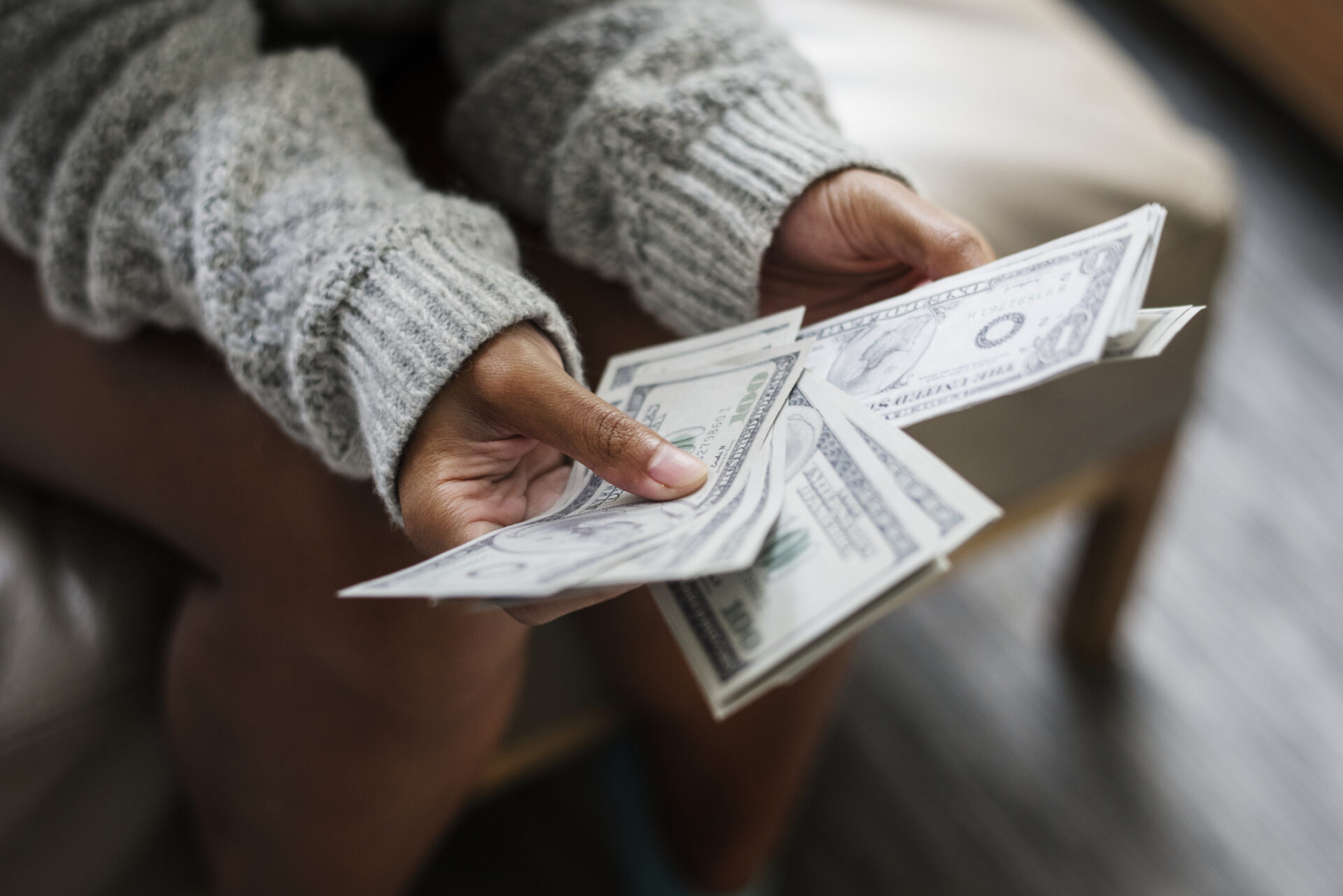
November 8, 2023
Why Are Black Women Facing A Slow Economic Recovery?
The long-standing racial disparities in homeownership and employment continue to bolster an inequitable housing and labor market—even among Black women with higher levels of education. As a result, Black women are less likely to reap the benefits of an economic recovery.
The Great Recession led to a dramatic loss of wealth for generations of Black women, particularly in home equity. While the economy continues to recover, studies show that Black women are falling farther behind than other groups of people.
In the 1990s, single Black women were an emerging group of homebuyers, greatly outpacing growth among single white women and men for years to follow. But as the housing crisis of 2007 shook the economy, Black women faced the hardest hit, losing 38% of their wealth, compared to 10% for white women. At the same time, approximately 13% of Black women were unemployed, leaving them more vulnerable during economic downturns.
The Great Recession left Black households “headed by a college graduate with less wealth than white households headed by someone who dropped out of high school,” according to research from the Economic Policy Institute.
“That fact coupled with other discriminatory and structural barriers inhibits the ability of blacks to translate their demographic and socioeconomic status into homeownership.”
For example, studies have shown that Black women were prime targets of racially motivated subprime targeting regardless of their income. That structural barrier brought on larger required down payments, higher cost mortgages, and foreclosures.
Today, Black women get 64.1% of bachelor’s degrees, 71.5% of master’s degrees and 65.9% of doctoral, medical, and dental degrees. The highly educated group is purchasing homes at higher rates than Black men. However, Black women “consistently experience significant disparities when compared to their white counterparts – in unemployment, wages, access to key work-family supports, and in advancement opportunities – often reflecting the prevalence and combined effects of racial and gender bias,” a study found.
Over the years, Black women have not been recovering their losses to nearly the same extent as the general economy. It is unsurprising that the COVID-19 pandemic triggered a state of financial precarity.
VOLATILE LABOR MARKET
- Unemployment: Black women are still experiencing an unemployment rate that is about twice that of white women. In June 2023, Black women over the age of 20 had an unemployment rate of 5.4 percent, compared to 2.6 percent for white women.
- Lack of benefits: Data show that more Black women work in jobs that do not offer health insurance, retirement benefits, paid sick days, paid family or medical leave, or paid vacation time. During the pandemic, more than one in four Black women reported having no such benefits in their current or most recent job, compared to one in five white men.
UNEMPLOYMENT INEQUITY
-
Overrepresentation in the low-paid workforce: Black women are typically paid only 67 cents for every dollar spent by white men. As of 2023, Black women must work an additional 208 days to catch up to what white men earned the year before. More than one in three Black women worked in essential roles, such as childcare, healthcare, food service, and other frontline jobs, many of them low-paid, before the pandemic started, compared to just 12.6% of white men.
HOUSING INSECURITY
- Disparities in subprime lending: In 2006, at the height of the boom, Black families making more than $200,000 a year were more likely, on average, to be given a subprime loan than a white family making less than $30,000 a year. Blacks were 2.8 times more likely to be denied a loan. When they were approved, Blacks and Latinos were 2.4 times more likely to receive a subprime loan than white applicants.
- Foreclosures: During the boom, cheap credit and relaxed lending standards not only precipitated a worldwide financial crisis but intensified foreclosures and segregation. Many Black families were displaced from more stable communities to more racially isolated and impoverished neighborhoods.
- Unaffordable housing: Although the COVID-19 pandemic led to a spike in house prices, Black women recovered faster and continued buying property. However, Black homeowners are spending more than 30% of their income on housing.
Long-standing racial disparities in homeownership and employment continue to bolster an inequitable housing and labor market, even for Black women with higher levels of education. As a result, Black women are less likely to reap the benefits of an economic recovery.
RELATED CONTENT: Goldman Sachs’ Black Women Initiative Reveals Financial Struggles Caused By Workplace Disparities